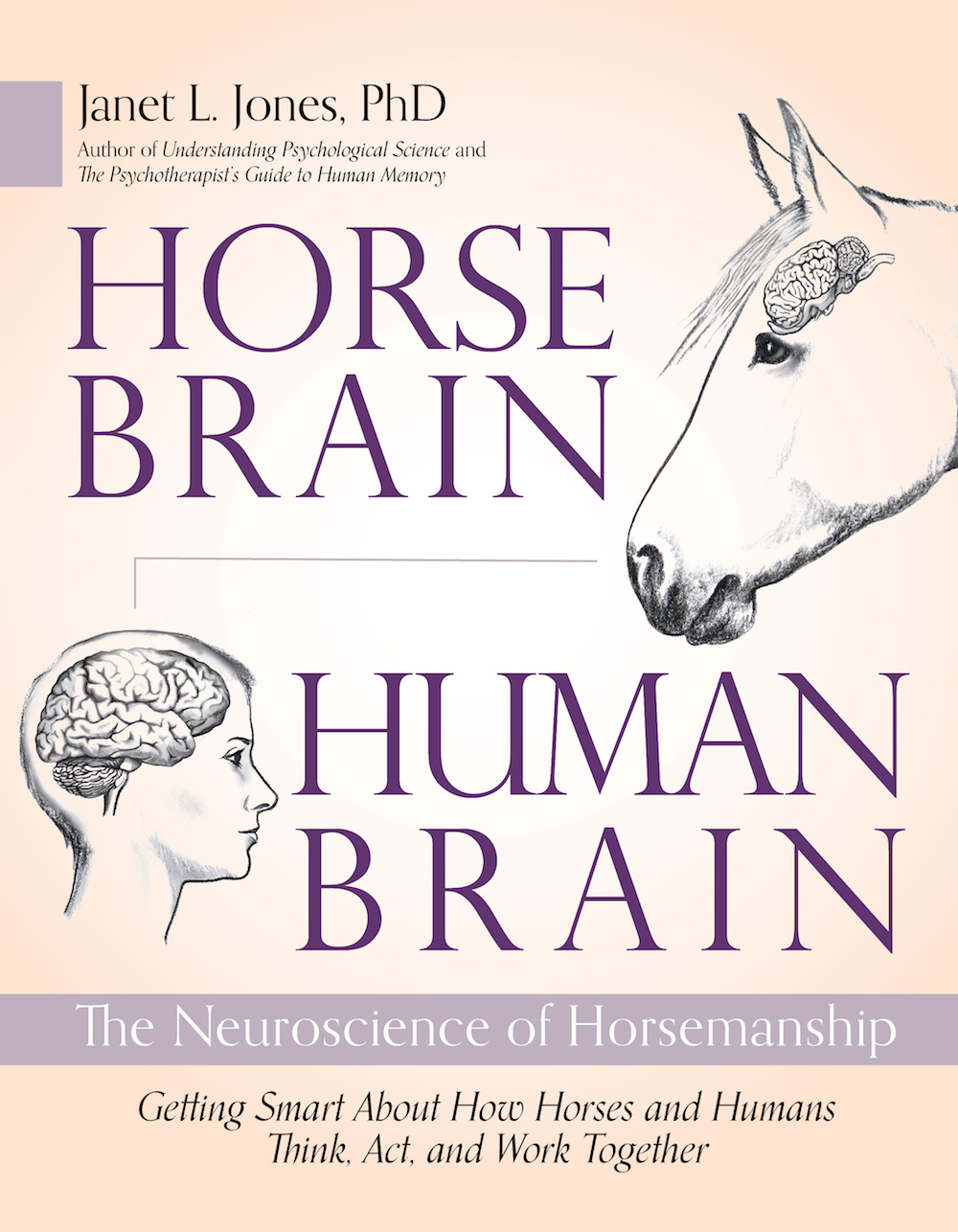Sometimes horses are just so darn cute.
My three-year-old Dutch Warmblood True was in quarantine for the first week and a half at his new home. He seemed completely healthy, but a few days alone is a good safeguard for all horses who live at the ranch.
Quarantine time has passed, and True’s now in a long-term pasture with a buddy. You never know how a new horse will get along with others. Muscle-bound giants can be unexpectedly submissive, and the sweeties can turn nasty in an eyeblink when governed by group dynamics.
For this reason, it’s customary to introduce horses over a fence at first, while keeping distractions to a minimum. (I still recall an untrained barn manager who turned out two excitable geldings together, next to a young mare in heat. Major distraction, big trouble, nasty injuries!) In one space for the first time, horses need plenty of room to get away from each other if necessary.
True got to know his new friend, an older gelding, over a fence for a couple of days. Both horses seemed friendly and got along well when turned out together.
The next day, True stood near his new friend, who was napping on his side. They were in a corner of the pasture next to a driveway. When the ranch owner and her four big dogs came walking down the driveway, True moved tightly into the corner next to the fence. He stood almost directly over the top of his new buddy, blocking him from the dogs. Within 24 hours, True had become the Official Nap Guard, trusted with full protection. We humans heaved a sigh of relief—the horses were already pals.
Within a week, I found True and his friend sacked out on their sides just inches from each other. The two of them were both lying on their left sides, heads down, legs pointing out to the right, one horse next to the other. There were only a few inches between True’s spine and the other horse’s feet. A barn friend laughed that they were “spooning.” Indeed, they could have fit into an oversized king bed lying side by side.
True let me squat nearby to stroke his face and join the relaxing atmosphere. Neither horse got up or even lifted a head—they knew it was only me. That’s exactly the attitude I want from a young horse who will soon be carrying me on his back.
Brain-Based Horsemanship is a weekly column that chronicles Janet Jones, PhD, and her journey with True, a Dutch Warmblood she trained from age three using neuroscience best practices. Read more about brain-based training in Jones’ award winning book Horse Brain, Human Brain.

This story originally appeared on janet-jones.com and is reprinted here with permission.


 February 8, 2023
February 8, 2023 

























